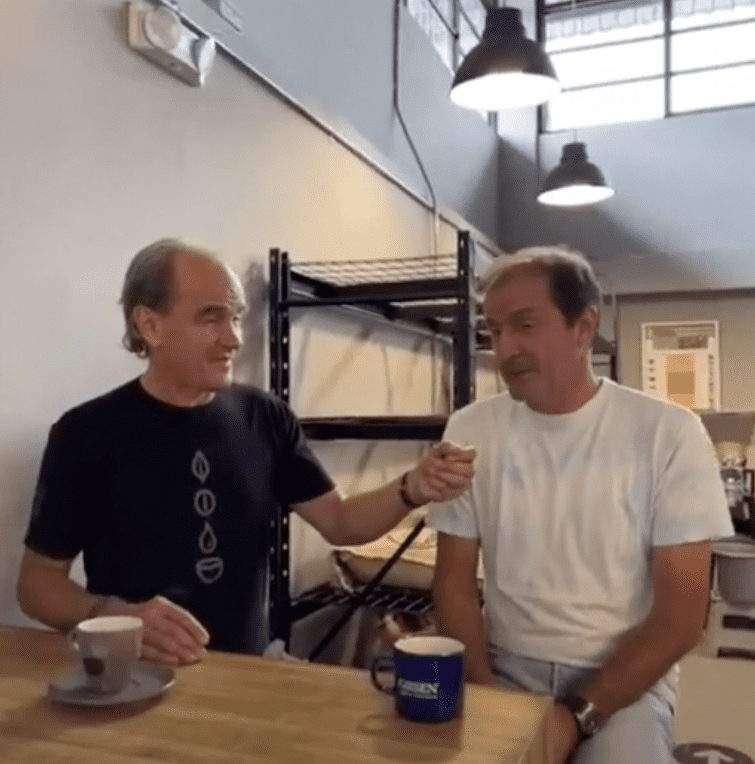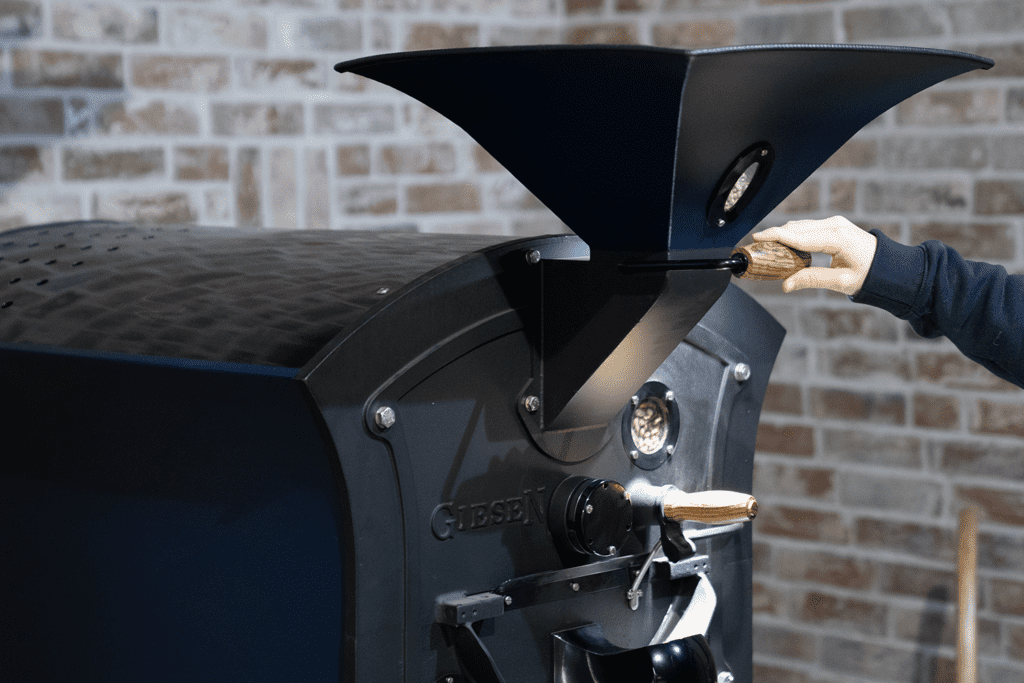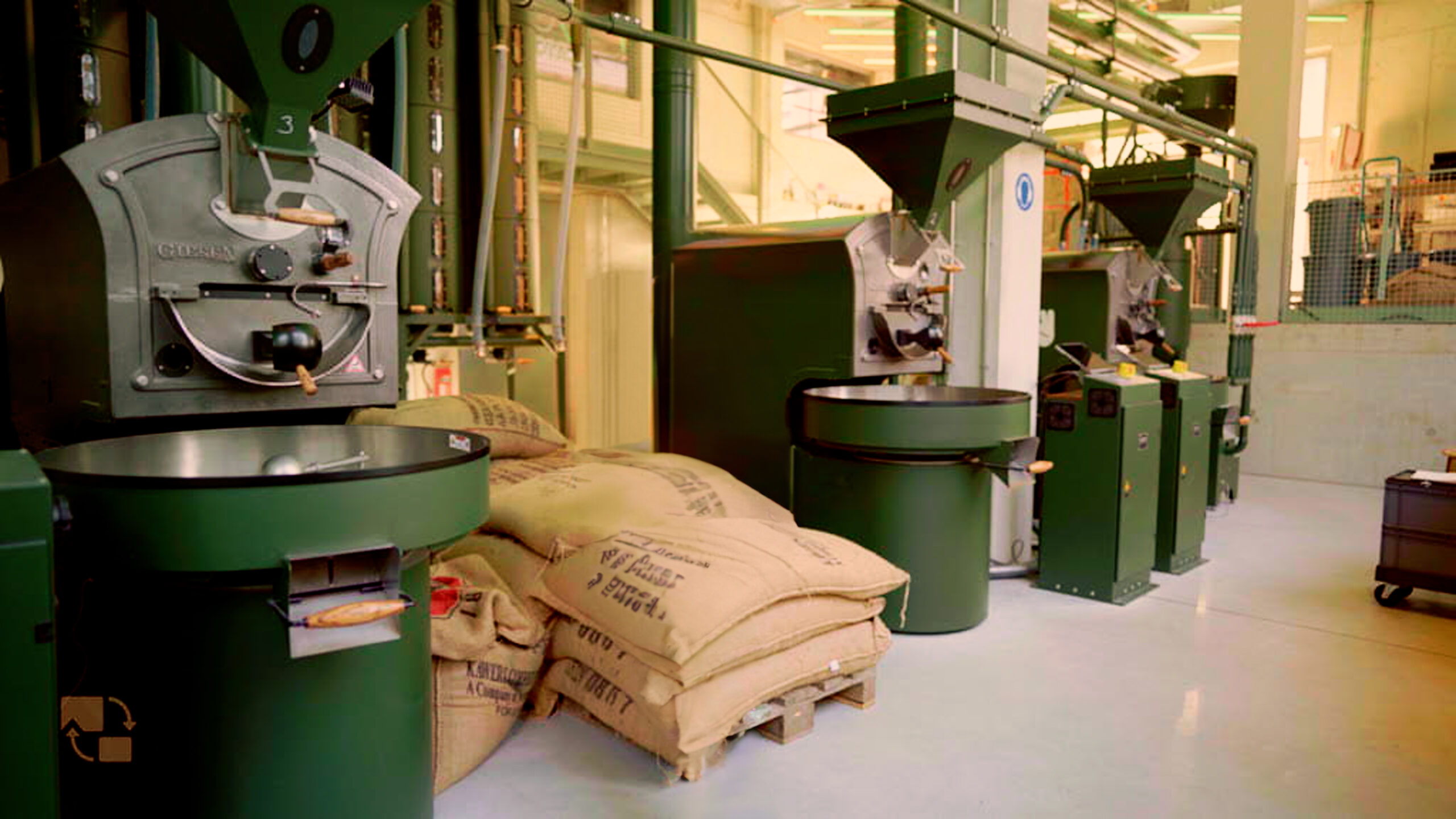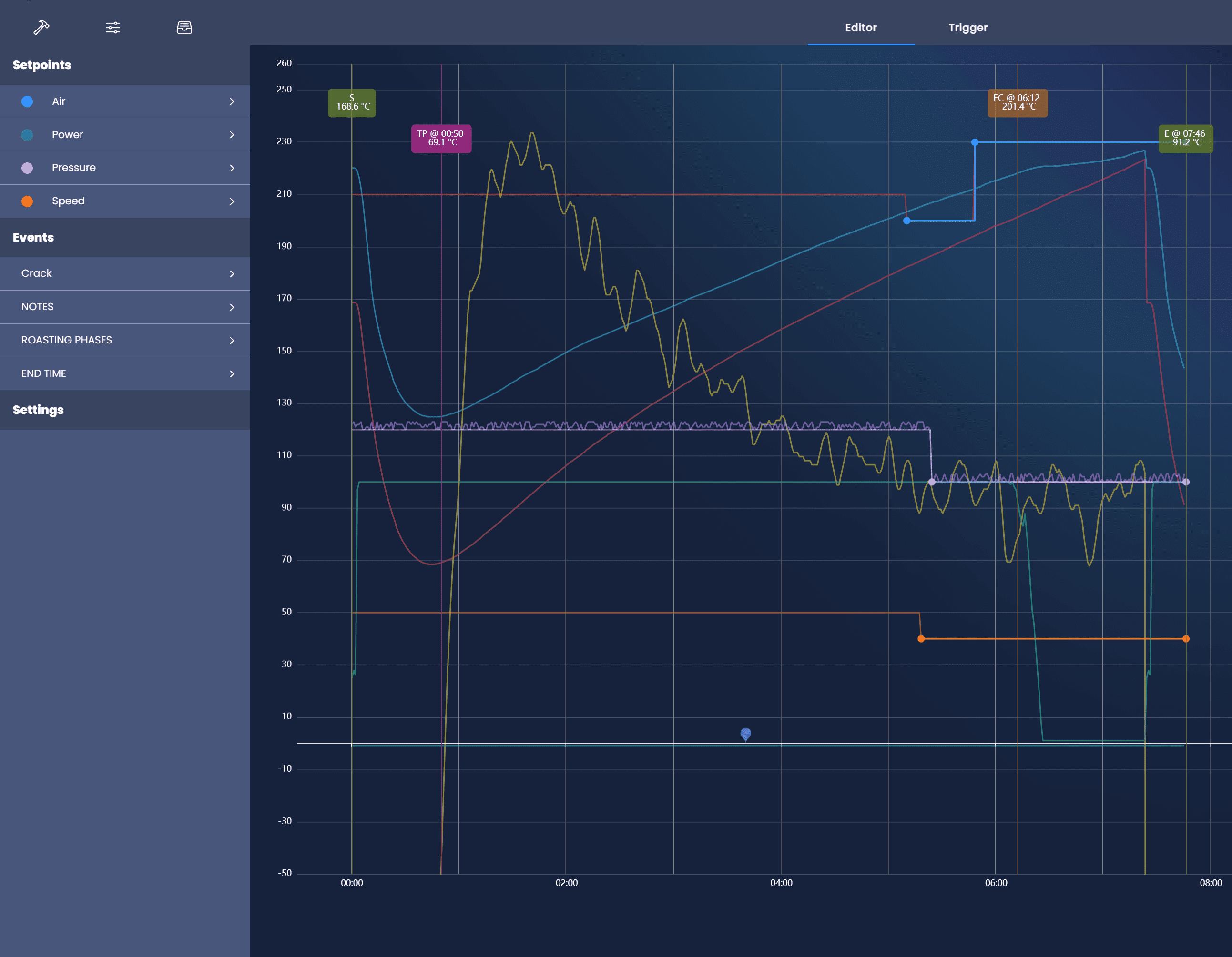This webinar, it’s all about the Colombian coffee roasting culture. Willem pays a visit to Jaime Duque in Colombia. He is the owner of JAIME DUQUE LONDOÑO S.A.S. in Bogotá and a Giesen distributor. But during this webinar, he shows Willem around in his coffee quality institute. Willem and Jaime talk about Colombian coffee, and Jaime will also perform a roast on his Giesen W1A.
Jaime Duque welcomes Willem in his education center called Catacion Publica. They specialize in roasting, cupping, and brewing coffee utilizing specialized filtration methods. Jaime works to educate consumers in his coffee store located in Usaquen in Bogota, Colombia. Willem will take a look today.
Jaime: ‘We are involved in the coffee industry for at least 30 years. I created two different brands. Most of you know, I am one of the ambassadors for Giesen.
Today we will have a tour around this beautiful coffee learning center of Giesen. Before we get to the roasting part of this webinar, I want to take you around this coffee learning center to basically review and prepare some of the distinct steps necessary to prepare green coffee beans before they are going to be roasted. I would say let’s get started because we have some distinct steps to follow before we get to roasting and tasting.

Hulling
Here in the learning center, there are different coffee education focus areas. The first area that we’re entering is the area where you find the coffee hulling machine.
The parchment beans are the bean that sits inside the cherry. And before a parchment bean becomes a parchment bean, it first must be depopt and then it has to be processed. And this is so-called washed processed coffee. So before we start roasting we’re going to use a coffee huller. In this coffee huller, through friction, we remove the little skins so that we can use the beans for a roasting process. After this process, I basically have green coffee beans and some chaff. This is normally the work that a coffee exporter will do. Prior to the coffee being ready for primetime to be exported to the destination country.
Bean size
The next step is the analysis of the actual screen size of the coffee beans. In the screening operation, a machine shakes quite vigorously for a set amount of time. And then it allows us to see how much coffee remains on each screen and that we can measure in the form of a percentage. And that helps us understand how the preparation of this coffee was. But also helps us to understand if this is coffee from one distinct supplier whether this specific lot, this specific sample, is consistent with the sample that was provided previously by the same supplier. So, it’s a test that also helps us understand how the firm conditions were because when cherries ripen properly, then the screen size will typically be a little bit larger.
Inspection
After shaking, we can inspect the bean size of this specific sample. What typically is the case when you buy your Colombian coffee from a supplier, in the contract. For that coffee, you will agree on certain size distribution. What a typical contract for let’s say an Excelso bean could say is that the biggest percentage has to be above screen 17 and then a certain percentage above screen 16. There are regions in Colombia that have coffee farms you know at very high elevations up till 2000 meters or beyond. As a result of that, the beans are smaller. They are denser, more compact. Which also has an impact on the course on the roasting profile.
After that, they created this space for explaining and educating customers or visitors. The teacher talks about the impact of the picking process or the pulping process of fermentation profits. After that, you enter the roasting area.
Roasting Colombian coffee
Let’s have a brief talk about roasting strategies and roasting profiles. Colombia has many different departments where coffee is grown. At many different elevations also. So, we want to pick your brains. How do we roast Colombian coffee?
Jaime: ‘I am using this software of Giesen that allows me to move and to play with the different coffees. Because each coffee has specific flavors. When you look at this profile, it was almost 15 minutes. I prefer to start with a longer profile. After that, with the next trials of the same coffee, I will gradually reduce the roasting time in order to see where the sweet spots are.’
Watch the webinar episode if you like to see Jaime roast coffee on a W1 and the demonstration of a professional tasting protocol, using a Colombian profile.
Check out the other Giesen blog articles and webinar summaries here.




